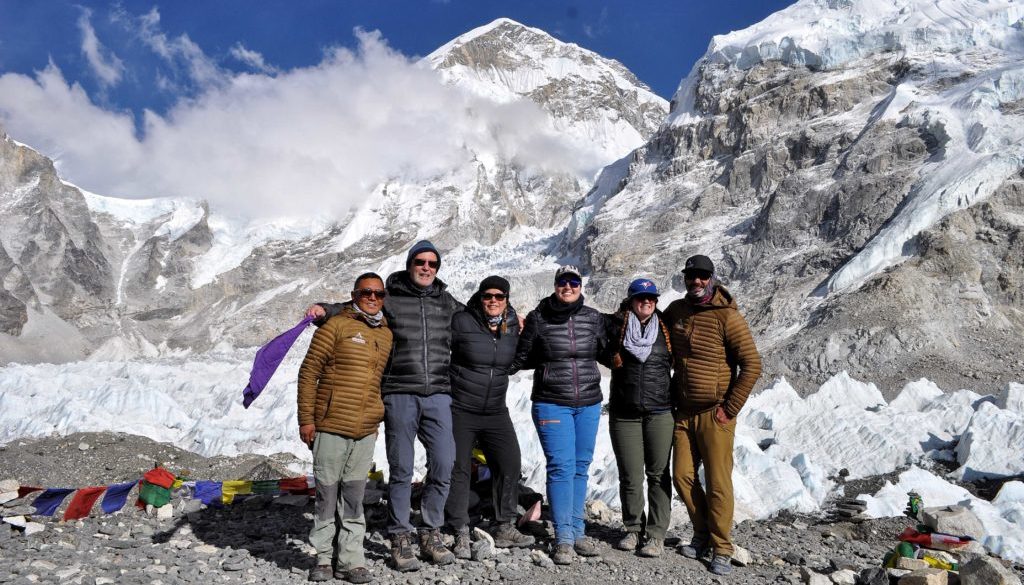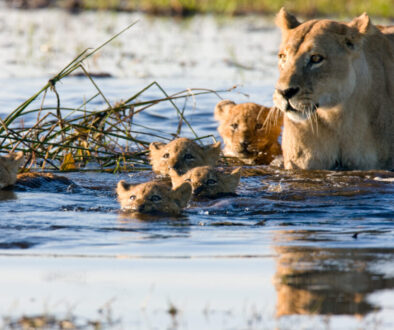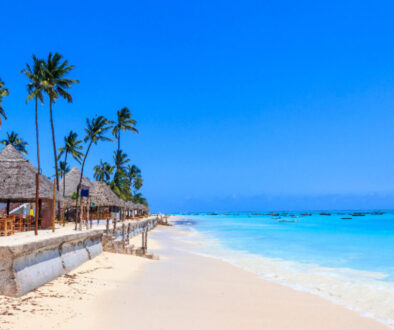High Altitude Sickness and Trekking in Nepal
The Himalayan Mountains in Nepal are a draw to many travellers. People travel from all over the world to catch a glimpse of the world’s tallest mountain, Mount Everest, standing at an impressive 8,848m (29,029ft).
While about 600 people reach summit of Mount Everest each year, the region is a popular destination for thousands of trekkers.Trekkers to Everest Base Camp and surrounding areas will hike to altitudes of more than 5,486m (18,000ft). The trek usually begins by flying into Lukla at 2,860m (9,383ft), hiking the following day to Namche Bazaar at 3,440m (11,290ft), then onto Base Camp over the next 7 or more days.
The Annapurna region to the east of Kathmandu is another common destination for trekking in Nepal.It’s possible to undertake shorter treks to viewpoints in this area without reaching any high altitudes. Longer treks are available around the Annapurna Circuit, which includes hiking over the Thurong La mountain pass at 5,416m (17,769ft).
Peak season
There are two major trekking seasons in Nepal, from March to May and from October to November. Other months are likely to be rainy (the monsoon season spans from June to September), or too cold at high altitudes from December to February. Most expeditions to the summit of Mount Everest occur around May 10th every year. Trekkers at base camp in late April and early May are likely to encounter climbers preparing to attempt the summit.
High altitude sickness
Trekkers in Nepal must understand the risks of acute mountain sickness (AMS), which can occur at high altitudes where there is less oxygen available. AMS can begin at sleeping altitudes over 2,500m (8,000ft), but is more likely to occur at altitudes over 3,000m (10,000ft), especially when ascending rapidly. Day hikes to high altitudes are less likely to result in AMS as there is less stress put on the body.
AMS varies from person to person and is not dependent on age or a person’s degree of physical fitness. The only predictor of AMS is how you reacted on a previous trip to high altitude – if there were previous problems at high altitude then these are likely to return the next time.
Altitude sickness symptoms may be mild and include headache, fatigue, lack of appetite, nausea, insomnia, dizziness, and general malaise. A small number of people can develop more severe symptoms of High Altitude Pulmonary Edema (HAPE) or High Altitude Cerebral Edema (HACE). Symptoms of HAPE include a dry cough and shortness of breath at rest, when “it becomes impossible to finish a sentence without gasping for breath.” In addition to AMS symptoms, HACE causes profound lethargy, drowsiness, confusion, slurring of speech, and difficulty walking in a straight line. If symptoms of HACE or HAPE appear a person requires immediate descent and medical attention. Both HACE and HAPE can be fatal if a person does not descend to a lower altitude.
Keep in mind the following tips about altitude sickness prevention to help you prepare for a successful trek:
Ascend slowly
Allowing more time to acclimatize will reduce the chance of experiencing AMS. Once at an altitude over 2,750m (9,000ft), sleeping altitudes should increase no more than 500m (1,600ft) per day. Plan an extra acclimatization day every 1,000m.
Climb high, sleep low
During the day climb higher than your sleeping altitude to encourage acclimatization. Follow your guide’s advice if an acclimatization walk is recommended after you’ve reached camp.
Consider altitude sickness medications
- Consider taking Diamox (acetazolamide) to speed acclimatization, starting two days before ascending and continuing until reaching your maximum sleeping altitude.
- Bring ibuprofen or acetaminophen to treat headache caused by AMS.
- Bring an antiemetic to treat nausea/vomiting caused by AMS. Ginger is a natural alternative to anti-nausea medications that may cause drowsiness.
- Avoid alcohol and sleeping pills.
Stay hydrated!
Drink 2-3 L of water per day. Urine should remain clear and hydration is absolutely necessary even if you do not feel thirsty (fluid loss from breathing greatly increases at high altitude).
Is supplemental oxygen needed?
Most people climbing to the summit of Mount Everest will use bottled oxygen, usually beginning over 7,000m (22,965ft). Supplemental oxygen is usually not needed if trekking only to the base camp, especially when ascending slowly and taking extra days to acclimatize.
Recognize the symptoms AMS and know your limits!
People with mild symptoms of AMS can safely remain at high altitude and treat headache and nausea. If symptoms continue to worsen while resting at the same altitude then you must descend at least 300m. Choose a tour company that has protocols in place in case of AMS and listen to your guides if they advise you to turn around. Your guides want nothing more for you to successfully reach basecamp so recognize the seriousness of your symptoms if they are telling you to turn around. And remember that the journey doesn’t end at the top. You also need the strength to get back down!
TravelSafe Clinical Educator – Kristin Cain, RN, BSc, MSc(A)
Photo by Chelsea Bromley



